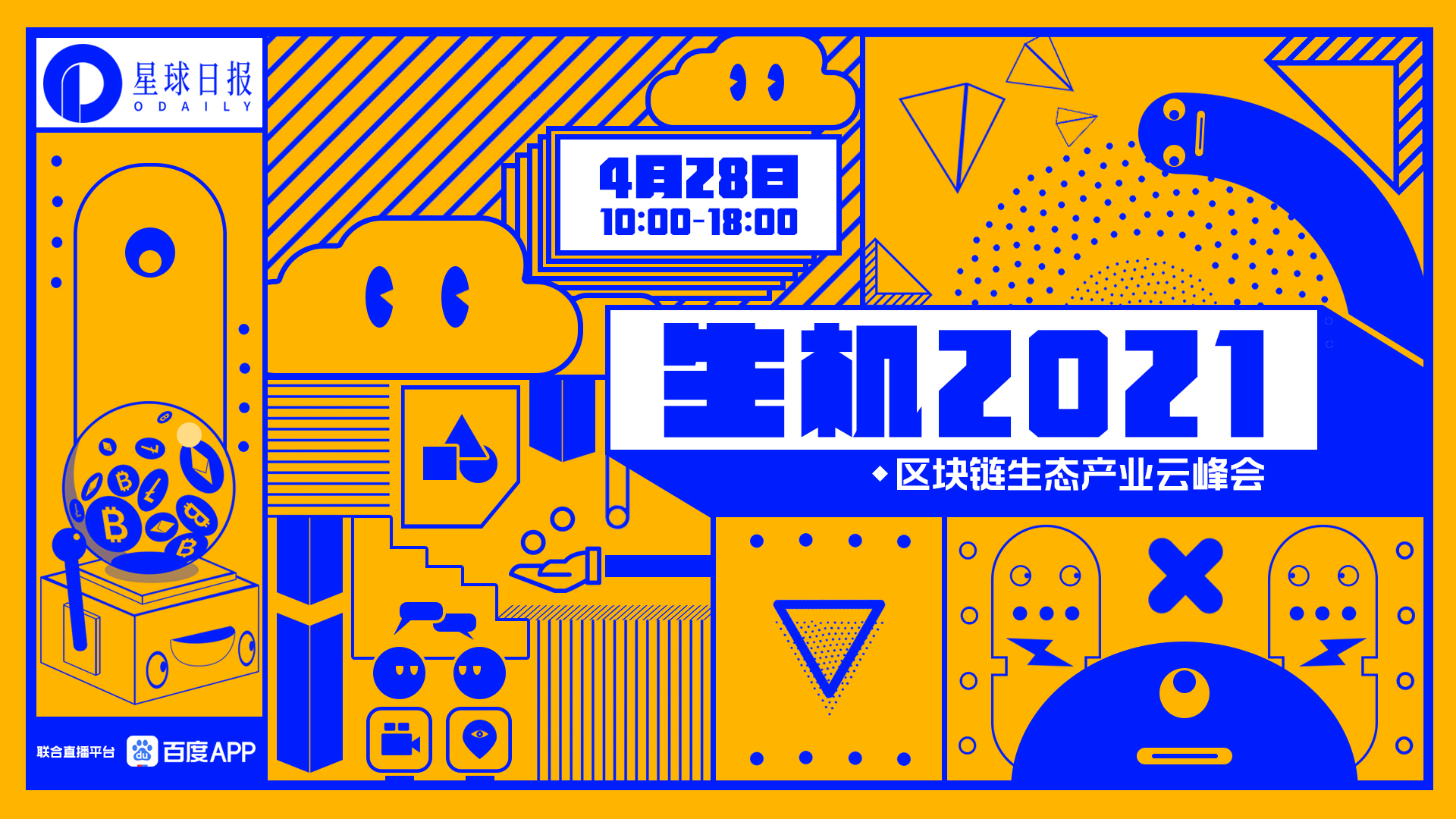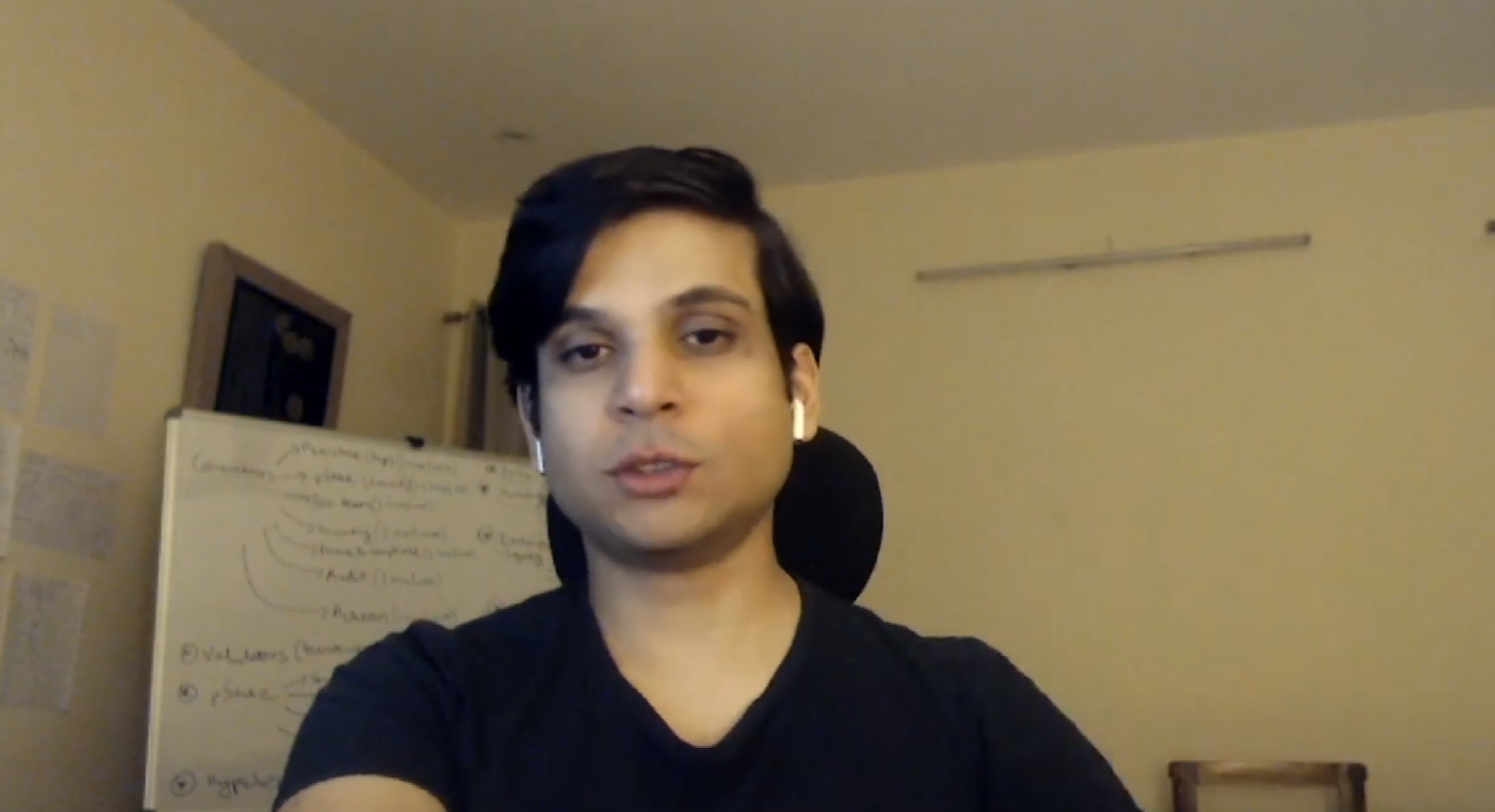Click here to access video playbackClick here to access video playback)。

During the speech, Tushar Aggarwal, co-founder and CEO of Persistence, introduced the PoS and NFT related products of Persistence in detail.
Tushar introduced that Persistence is positioned in the ecosystem of financial products and has been operating in a secret state for the past 16 months to create different types of products. There are two main financial products in terms of proof of rights: AUDIT.one and Pstake; In terms of NFT, there are COMDEX and Asset Mantle.
The following is the essence of the speech content edited by Odaily, enjoy~
The following is the essence of the speech content edited by Odaily, enjoy~

Hi everyone, my name is Tushar and I am the co-founder and CEO of Persistence.
Before starting to introduce the current progress of Persistence, I would like to briefly introduce myself to the entire Chinese community.
Before starting Presistence, I was the first employee at LuneX Ventures, a regulated crypto VC fund under Golden Gate Ventures, a traditional VC fund in Singapore. We have established a startup ecosystem in Southeast Asia, invested in more than 50 startups, and managed about US$200 million in assets.
I have been involved in everything from setting up fund companies to working with lawyers, tax advisors, fund administrators, and the Monetary Authority of Singapore as the local regulator. Since then, I have raised funds from a public company in Japan, the VC arm of a sovereign wealth fund, and various family offices in Southeast Asia and Europe, and invested them in 7 equity transactions, as well as multiple transactions in the primary and secondary markets trade.
In addition to being an investor, I also have an entrepreneurial perspective. My thought is, if you look at traditional startup markets, the US and China have the most unicorns, and the country with the third most unicorns is India. I think something similar will happen in the cryptocurrency space. After 10 years in Singapore, I decided to spend some time in India and started Persistence in India and Singapore.
We started in Q3 2019, became known in early 2020, and have been operating in stealth for the past 16 months, building different kinds of products.
Persistence is an ecosystem of financial products. There are two main financial products in terms of Proof of Stake (PoS): AUDIT.one and Pstake.
In terms of proof-of-stake, if you look at the gap in the proof-of-stake market, if you have participated in staking, you will find that it has a huge amount of funds, and various proof-of-stake blockchains have emerged in the past three years. What we're doing is two things in terms of staking: one isWe run validators on multiple PoS chains. AUDIT.one is one of the validators, about $300 million in assets, authorized on different networks (such as Cosmos, Terra, Kava, and IRIS, etc.). We will soon be launching something to win over other PoS chains.
Last year, in order to build the Persistence brand, we conducted a Stake Drop token distribution event: Kava, Luna (Terra) and Atom (Cosmos) stakers will receive a very targeted token airdrop from Persistance. In three months we had more than $9.8 billion in staked assets participating in the activity. This allows us to see how much demand there is for staking assets to generate additional yield.
So we decided to set out to develop a liquid staking application called Pstake.Pstake tries to allow users to generate additional income while holding assets.We issue a liquidity token that can be used in different protocols in the DeFi ecosystem, for example, you can use pledged Atoms, use paid income as collateral to facilitate USDT loans, or provide liquidity for various DEXs sex. In addition to earning regular rewards, there is another app that I'm personally super excited about launching.
Another work we are continuing to do is in the NFT space.
One of them is led by PersistenceinterNFT Program Working Group. This working group is responsible for defining interoperable standards for NFTs. Today, most NFTs exist in the Ethereum ecosystem and follow the ERC-721 standard, but I think that as NFTs move towards a multi-chain state, there needs to be a standardization process and standards that different chains can follow so that NFT itself can achieve interoperability across multiple chains.
We need a global working group to define these interoperable standards, with the participation of Polkadot and Cosmos staff, as well as various other stakers working in the Cosmos and Polkadot ecosystems. As a spin-off of the interNFT working group, we want to propose use cases that also use these standards.
In this regard, the first use case launched isCOMDEX - a decentralized commodity exchange and trade finance platform.COMDEX facilitates the trading of physical commodities such as copper, metals such as soybeans, energy products, livestock. According to the user analysis of COMDEX, we know that COMDEX is very focused on institutional traders rather than individual users of cryptocurrency trading. So it's essentially an application that's trying to solve a real world problem. It has now facilitated $55 million worth of deals, boasting partnerships with commodity traders in four of Asia's commodity trading hubs (Singapore, Hong Kong, Kuala Lumpur and Dubai).
The second use case is Asset Mantle, which is more like a Shopify store for NFTs, and we hope that non-technical people can accelerate the development of marketplaces, and also customize these marketplaces.
To sum up, the above are the specific products of Persistence: in terms of proof of rights and interests, we have AUDIT.one and Pstake; in terms of NFT, we have COMDEX and Asset Mantle.
At a higher level we adopt a strategy similar to Terra. Terra is trying to be an app for non-cryptocurrency users, focusing on e-commerce payment use cases rather than cryptocurrency users, and it has the Anchor protocol and the Mirror protocol as competing applications. At Persistence we are doing something similar,Persistence is a Tendermint consensus-based project that connects applications that are not oriented towards crypto users.
Our mission and vision is to try to solve real problems that exist in the real world.
Persistence has four high-level investors as a solid backing: the first type of investors are ecosystem participants, such as Terra, Alameda Research (FTX parent company), the BlockDreamFund investment institution from OKEx, and sponsors of Cosmos The Interchange Foundation; the second type is high-quality verifiers, including partners Everstake, b2b doctor capital, figment, etc.; the third type of investors is venture capital institutions, such as China’s IOSG, Spark Digital Capital, NGC, and Hong Kong’s Genesis Block, Arlington in the United States, LuneX in Singapore, and Cosmostation in South Korea, etc.; the fourth category is some eye-catching founders from crypto projects such as wallets and one-stop services.
In terms of our roadmap. Recently, we issued a Persistence token, XPRT, through an auction on BitMax. We will actively land on multiple CEXs and DEXs to allow community members to access and use Persistence tokens conveniently.
At the product level, we have always adopted a multi-product strategy, which provides us with a good hedge and mitigates risks for investors. Pstake, our liquidity staking application, will work with Atom tokens and then quickly expand to other assets such as Polkadot and other POS assets in the Ethereum ecosystem. Similar to Luna, XPRT stakers can earn cash flow from our four apps.
In terms of inflation, the inflation return is currently about 35%, but due to the slightly lower pledge ratio, the annual return (APY) is about 42%.
At the community level, we will work more closely with China's encryption community and ecosystem. It is definitely a pleasure to speak in the Chinese community, and you are welcome to connect with us on platforms such as WeChat.
Thank you very much for watching!